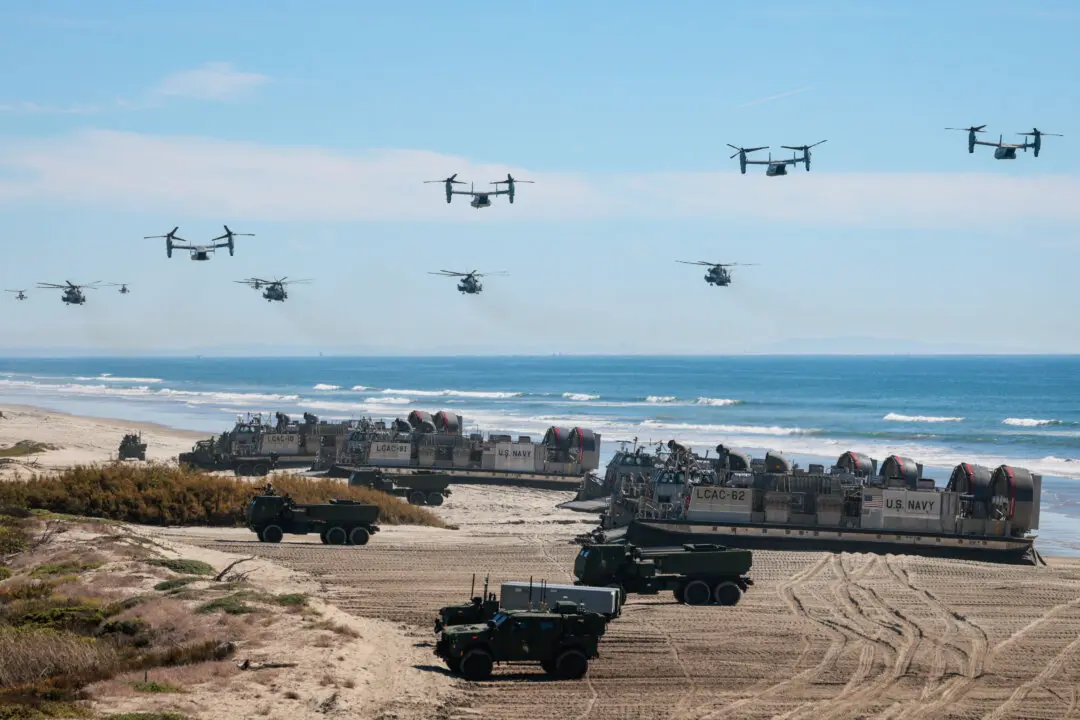U.S. fighter jets intercepted a formation of six Russian military aircraft operating near Alaska last week.
On May 15, the North American Aerospace Defense Command (NORAD) announced that it had detected the Russian aircraft operating near the Alaska Air Defense Identification Zone (ADIZ) on May 11. NORAD’s Alaska region dispatched F-16 and F-22 fighter jets, KC-135 Stratotankers, and E-3 airborne warning and control system aircraft to intercept the group of Russian Tu-95 bombers, IL-78 tankers, and Su-35 fighter jets.





